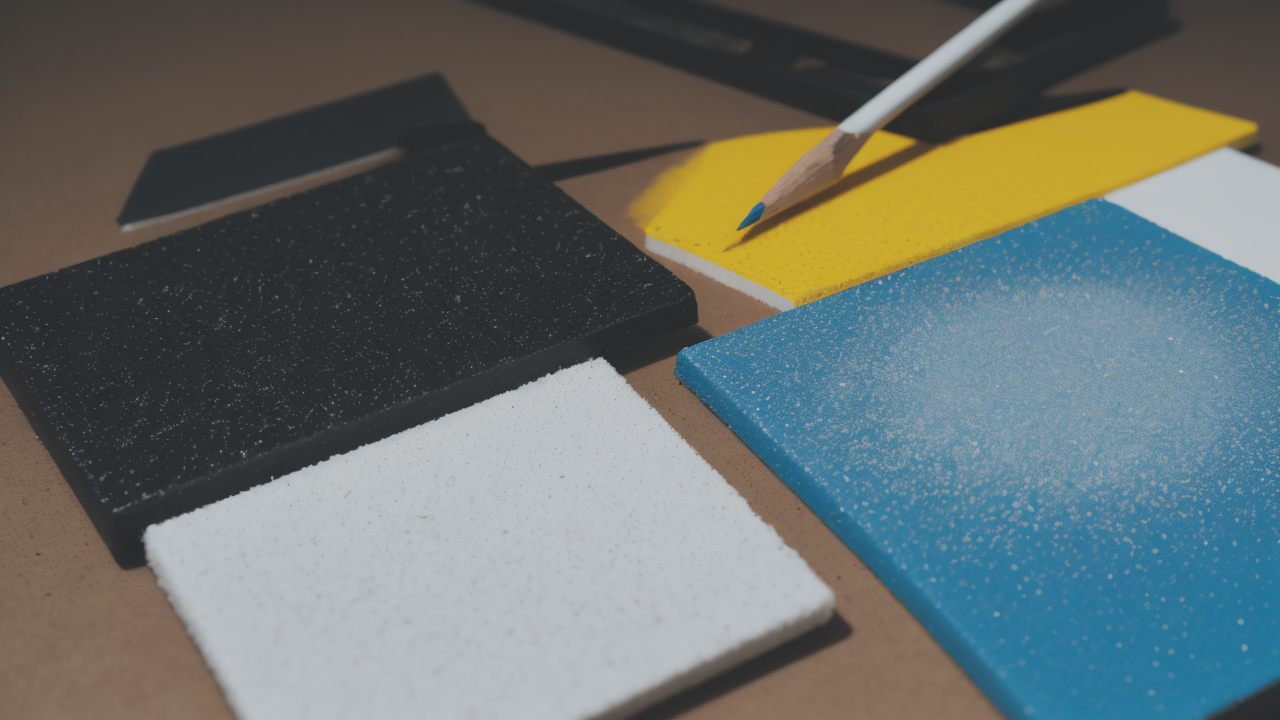
From Palette to Wall: Expert Tips for Minimalist Vertical Canvas Creations
Understanding Minimalism in Art and Design
The Principles of Minimalism
Minimalism is an art movement that focuses on simplicity and clarity. It strips away excess, leaving only essential elements. The key principles include:

- Use of simple forms
- Limited color palette
- Clean lines and geometric shapes
- Emphasis on negative space
- Reduction of clutter
These principles create a sense of calm and order. Minimalist art often features large areas of solid color or simple patterns. It aims to evoke emotion through its stark simplicity.
The Rise of Minimalism in the United States Art Scene
Minimalism gained popularity in the United States during the 1960s and 1970s. It was a reaction against the emotional intensity of Abstract Expressionism. Key figures in this movement include:
- Donald Judd
- Frank Stella
- Agnes Martin
- Dan Flavin
These artists focused on creating works with simple, repeating forms. They often used industrial materials and processes. The movement influenced not just painting, but sculpture and architecture too.
Incorporating Minimalism into Home Decor
Minimalist art can transform your living space. It creates a sense of calm and sophistication. Here are some tips for using minimalist art in home decor:
- Choose one large piece as a focal point
- Use neutral color schemes
- Keep surrounding decor simple
- Balance art with empty wall space
- Consider the room's overall design
Remember, less is more in minimalist decor. A single striking piece can have more impact than multiple small works.
Materials and Tools for Minimalist Art
Selecting the Right Canvas for Your Minimalist Art
Choosing the right canvas is crucial for your minimalist artwork. Consider these factors:

- Size: Larger canvases often work well for minimalist designs
- Shape: Vertical canvases can create a striking effect
- Material: Cotton or linen canvases are popular choices
- Texture: Smooth surfaces work best for clean lines
- Priming: Pre-primed canvases save time and ensure even color application
Remember, the canvas is part of your artwork. Its size and shape will affect the overall impact of your piece.
Essential Tools for Crafting Your Design
To create minimalist art, you'll need some basic tools. These include:
- Acrylic paints: They dry quickly and offer vibrant colors
- Brushes: Flat brushes work well for large areas of color
- Painter's tape: For creating clean, straight lines
- Ruler or straightedge: To ensure precise geometric shapes
- Pencil and eraser: For sketching your design
- Palette knife: Useful for applying paint in smooth, even layers
Quality tools will make your work easier and improve the final result. Invest in good brushes and paints for best results.
The Role of Color Theory in Minimalist Art
Color plays a crucial role in minimalist art. Understanding color theory can enhance your work. Key concepts include:
- Primary colors: Red, blue, and yellow
- Secondary colors: Created by mixing primary colors
- Color temperature: Warm vs. cool colors
- Complementary colors: Colors opposite on the color wheel
- Monochromatic schemes: Using variations of a single color
In minimalist art, less is more with color too. Many artists use just one or two colors in a piece. This creates a bold, striking effect.
Step-by-Step Guide to Creating Your Minimalist Art Piece
Conceptualizing Your Design
Start by brainstorming ideas for your minimalist artwork. Consider these steps:

- Choose a theme or concept
- Sketch several rough ideas
- Decide on your color scheme
- Consider the balance of positive and negative space
- Simplify your design to its essential elements
Remember, minimalism is about expressing ideas with minimal elements. Your concept should be clear and impactful.
Executing Your Ideas: From Sketch to Wall
Once you have your concept, it's time to create your artwork. Follow these steps:
- Prepare your canvas with gesso if needed
- Sketch your design lightly on the canvas
- Use painter's tape to create clean edges for geometric shapes
- Apply your base colors, working from light to dark
- Add details and refine your shapes
- Allow the paint to dry completely
- Apply a varnish to protect your artwork
- Hang your piece, considering lighting and surrounding decor
Take your time with each step. Precision is key in minimalist art.
Maintenance and Upkeep of Your Minimalist Art Creations
Proper care will keep your minimalist art looking fresh. Follow these tips:
- Dust regularly with a soft, dry cloth
- Avoid hanging in direct sunlight to prevent fading
- Keep away from heat sources and humid areas
- If needed, clean gently with a damp cloth (no chemicals)
- Reapply varnish every few years to maintain protection
With proper care, your minimalist artwork will remain a striking focal point in your home for years to come.


